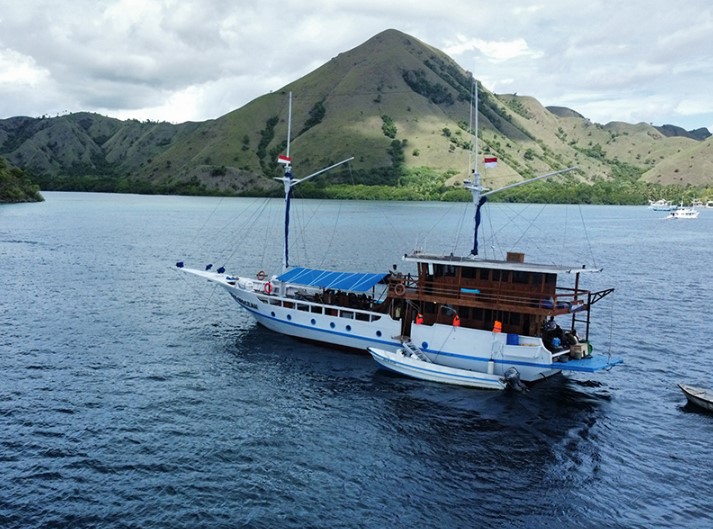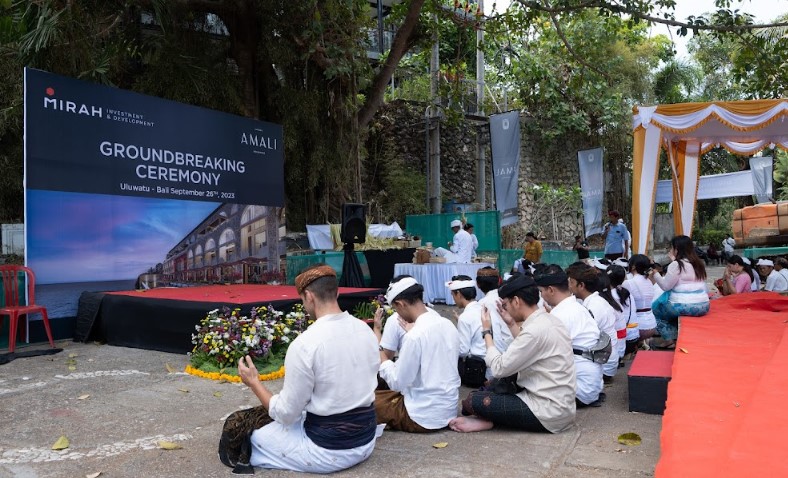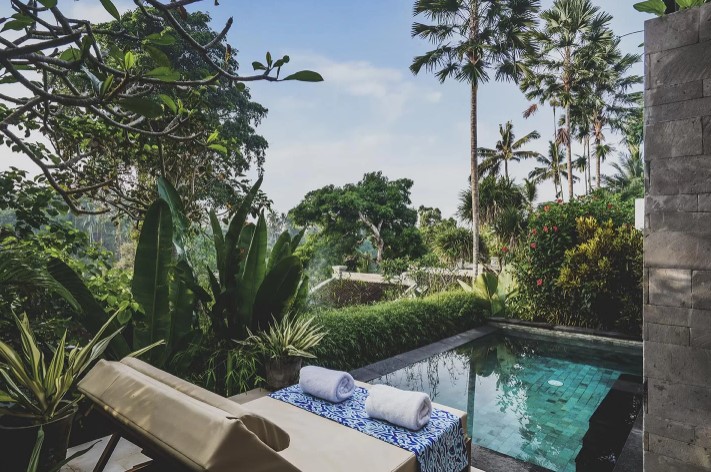Bali’s h2o disaster is worsening from tourism progress, inhabitants growth and water mismanagement, professionals and environmental groups alert. Drinking water shortages previously are impacting UNESCO web sites, wells, foodstuff creation and Balinese culture and professionals say the condition will deteriorate even more if present drinking water management procedures are not enforced across the island.
A tropical, volcanic island in the heart of Indonesia’s archipelago, Bali depends on h2o from three key sources: crater lakes, rivers and shallow groundwater. A special regular irrigation procedure, called the “subak,” distributes drinking water as a result of a community of canals, dams and tunnels.
The subak, produced a UNESCO web page in 2012, is central to Balinese tradition, representing the Balinese Hindu philosophy of “Tri Hita Karana”— harmony in between persons, mother nature and the non secular realm.
“This is just one of the really unique scenarios of residing landscapes in Asia,” stated Feng Jing, who operates with UNESCO in Bangkok.
Pressures are severely straining the subak and other h2o sources, suggests Putu Bawa, venture supervisor for the Bali H2o Security system, led by a Bali-based mostly nongovernment firm, the IDEP Basis.
The island’s inhabitants jumped additional than 70{8ac304f283d9048aa406820cdb3efba1388565cefcdaf9ad6f054e81ea9085be} from 1980 to 2020, to 4.3 million people today, in accordance to governing administration census data. Tourism growth has been even much more explosive: Much less than 140,000 overseas website visitors arrived to the island in 1980. By 2019, there were additional than 6.2 million international and 10.5 million domestic tourists.
With the tourism growth, Bali’s economic climate has prospered — at a expense. Rice fields the subak when coursed as a result of have been turned into golf classes and h2o parks, while forests that naturally acquire water and are crucial to the subak have been felled for new villas and resorts, Bawa reported.
Stroma Cole of the College of Westminster, who has investigated tourism’s effect on Bali’s h2o materials, states an additional challenge is that the water table is dropping mainly because of Bali’s residents and corporations rely on unregulated wells or boreholes for thoroughly clean h2o, instead of governing administration-owned piped materials.
“At the moment, it is the most inexpensive resource of h2o for people today to use,” Cole explained. “So why wouldn’t you use that?”
In much less than a decade, Bali’s drinking water desk has sunk far more than 50 meters (164 feet) in some regions, according to information provided by IDEP. Wells are jogging dry or have been fouled with salt h2o, notably in the island’s south.
Bali does have laws — these kinds of as h2o licenses and taxes on drinking water applied — that are meant to control the island’s h2o materials, but there is no enforcement, Cole mentioned.
“The principles which exist are excellent procedures, but they are not enforced” she stated.
Bali’s municipal drinking water company and Bali’s division of community performs did not react to requests for comment.
The dire influence of the drinking water disaster can be noticed in Jatiluwih, in northwestern Bali, where farmers have a tendency to the island’s premier rice terraces.
For generations lush green rice terraces have relied on the subak program for irrigation. But in the earlier ten years, farmers have experienced to import and pump h2o by way of white plastic pipes to irrigate the fields.
Again in central Bali, Jata explained he tried planting cloves, which call for significantly less drinking water. But the land — which is suitable for rice — and a lack of subak drinking water thwarted that strategy.
“In the earlier, when the subak was energetic, the water was continue to good,” Jata mentioned. “But so far there have been no final results … all the cloves are useless.”
Other Bali farmers say they can only get just one rice harvest alternatively of two or three a calendar year because of to h2o disruptions, in accordance to Cole’s exploration. That could lower food items generation on the island.
When Indonesia closed its borders at the peak of the pandemic, Bali’s tourism dropped dramatically. Environmentalists hoped the closure would enable the island’s wells to recharge. IDEP is at present installing sensors in wells across the island to superior study monitor water concentrations.
But progress across the island has ongoing, which includes a new government-backed toll street that activists say will further disrupt the subak technique. New accommodations, villas and other enterprises are incorporating to demand from customers.
Tourism is important to Bali but there also really should be far better enforcement and increased checking to defend the island’s h2o sources, Bawa claimed. “We need to do this collectively for the sake of the survival of the island.”
Connected Push photojournalist Tatan Syuflana contributed from Indonesia.
Abide by Victoria Milko on Twitter: @thevmilko
The Associated Push Wellness and Science Office receives assistance from the Howard Hughes Health care Institute’s Section of Science and Educational Media Team. The AP is entirely responsible for all articles.





More Stories
Menghormati Tradisi dan Lingkungan: Proyek Properti Berkelanjutan di Bali dimulai dengan Upacara Adat Setempat
Escape Bali into Nature
Top 3 Comeback Destinations Of The Year For American Travelers